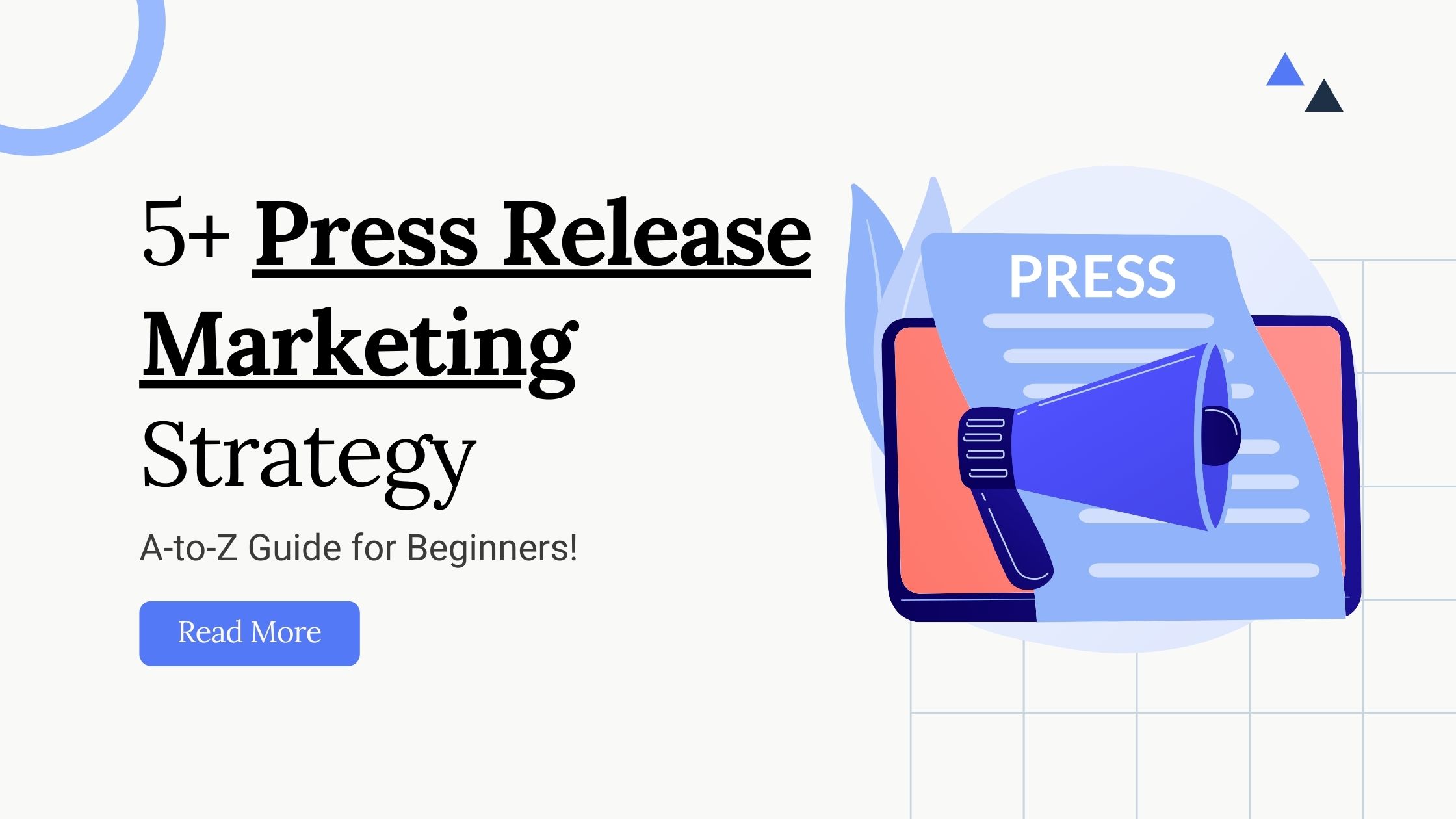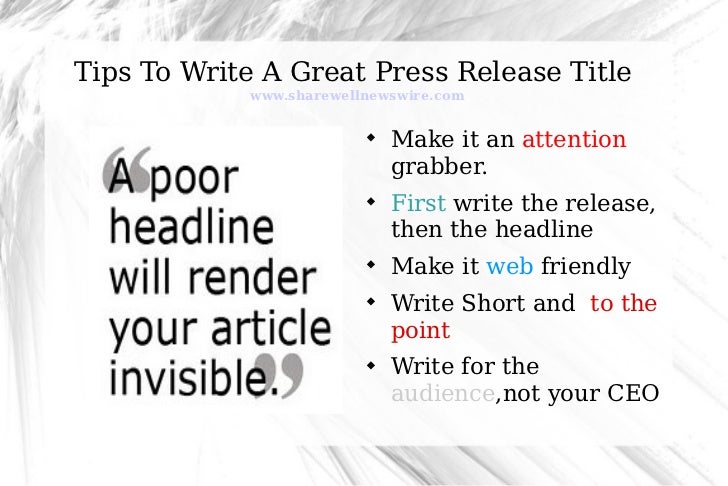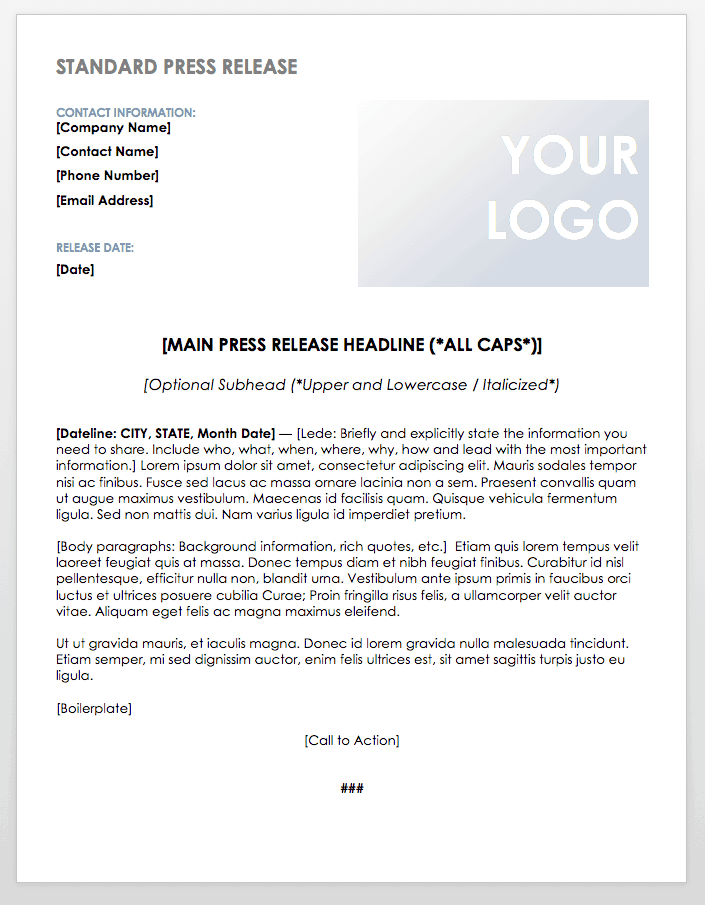
In today’s fast-paced digital world, press release submission has become an essential tool for businesses aiming to increase their visibility and credibility. As the media landscape evolves, especially with the rise of AI-driven search engines, the importance of strategic press release distribution cannot be overstated. This article will guide you through the process of submitting a press release effectively, ensuring that your message reaches the right audience and garners the attention it deserves.
Understanding the Importance of Press Releases
A press release is a formal announcement that communicates important news or updates about a company, product, or service. It serves as a powerful tool for businesses to share their stories with the media and the public. In 2025, the significance of press releases has grown due to the increasing reliance on AI search engines. These engines prioritize content that is not only relevant but also cited and mentioned by trusted domains. Therefore, submitting a well-crafted press release can significantly enhance your brand’s visibility and authority.
Key Benefits of Press Releases

- Increased Visibility: Press releases help your business gain exposure across various platforms, including news websites, social media, and industry hubs.
- Enhanced Credibility: Being featured in reputable outlets can boost your brand’s credibility and trustworthiness.
- SEO Advantages: Press releases contribute to your SEO efforts by generating backlinks and improving your website’s ranking in search engine results.
- Brand Awareness: Regular press releases keep your brand in the spotlight, helping to maintain a consistent presence in the market.
Step-by-Step Guide to Submitting a Press Release
1. Define Your Objectives
Before you start drafting your press release, it’s crucial to define your objectives. What do you want to achieve with this release? Are you launching a new product, announcing a partnership, or sharing a milestone? Clearly outlining your goals will help you craft a more focused and effective press release.
2. Identify Your Target Audience
Understanding your target audience is essential for creating a press release that resonates with them. Who are you trying to reach? This could include potential customers, investors, journalists, or industry peers. Tailoring your message to the interests and needs of your audience will increase the likelihood of engagement.
3. Craft a Compelling Headline
The headline is the first thing that catches the reader’s attention. It should be concise, informative, and engaging. A strong headline should answer the “who, what, when, where, and why” of your announcement. Avoid vague or promotional language; instead, focus on the core message of your press release.
4. Write the Dateline and Lead Paragraph

The dateline provides essential information such as the location and date of the announcement. The lead paragraph should summarize the key points of your press release, answering the fundamental questions of who, what, when, where, and why. This section is critical as it sets the tone for the rest of the release and helps journalists quickly understand the story.
5. Develop the Body of the Press Release
The body of your press release should expand on the details provided in the lead paragraph. Include supporting facts, quotes, and context to give journalists a comprehensive understanding of your announcement. Use short paragraphs and bullet points to enhance readability. Avoid jargon and ensure that the content is accessible to all readers.
6. Incorporate Effective Quotes
Including quotes from company executives, industry experts, or satisfied customers can add a human element to your press release. Quotes should be relevant, concise, and provide insight into the announcement. They help to reinforce the message and offer a personal perspective that can engage readers.
7. Add a Boilerplate and Contact Information
A boilerplate is a brief section at the end of your press release that provides background information about your company. It should highlight your mission, values, and key achievements. Additionally, include direct contact information for journalists to reach out for further details. This ensures that your press release is professional and easy to navigate.
8. Format Your Press Release Professionally
Proper formatting is essential for making your press release look polished and credible. Use clear headings, bold text for emphasis, and avoid excessive use of markdown. Ensure that your press release is scannable and easy to read, as journalists often have limited time to review content.
9. Distribute Your Press Release Effectively
Once your press release is ready, it’s time to distribute it. Choose a reliable press release distribution service that aligns with your goals and budget. Consider factors such as reach, target audience, and pricing. Some popular options include PR Newswire, EIN Presswire, and GlobeNewswire. These services can help you reach a wide audience and increase your chances of being picked up by the media.
10. Follow Up and Build Relationships
After submitting your press release, it’s important to follow up with journalists and media outlets. A simple, polite email can remind them of your announcement and encourage them to cover your story. Building relationships with journalists can lead to long-term media coverage and increased visibility for your brand.
Common Mistakes to Avoid
While submitting a press release, it’s essential to be aware of common mistakes that can undermine your efforts. Here are some pitfalls to avoid:
- Making Your Press Release Promotional Instead of Newsworthy: Focus on the story and its relevance rather than turning it into a sales pitch.
- Lack of a Strong News Angle: Ensure your press release has a clear narrative that connects to broader trends or issues.
- Poor Personalization and Mass Distribution: Tailor your outreach to specific journalists and avoid generic mass emails.
- Bad Timing and Ineffective Distribution: Send your press release during optimal times when journalists are most likely to read it.
- Failing to Include Clear Contact Information: Provide up-to-date media contact details to facilitate follow-up.
Conclusion
Submitting a press release is a strategic move that can significantly enhance your brand’s visibility and credibility. By following the steps outlined in this guide, you can create a compelling press release that resonates with your target audience and garners the attention it deserves. Remember to focus on the story, personalize your outreach, and choose the right distribution channels to maximize your impact. With the right approach, your press release can become a powerful tool in your public relations arsenal.







